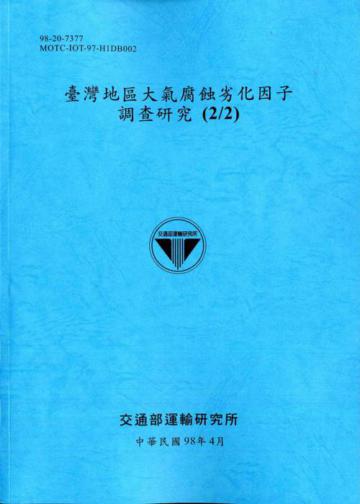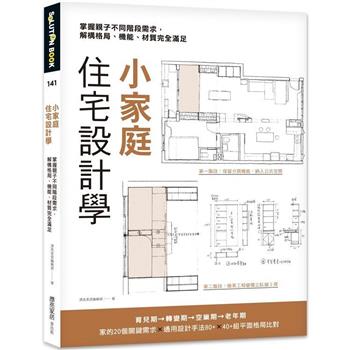臺灣為一海島,地處熱帶/亞熱帶,高溫、高溼與高鹽份的存在,造成金屬在大氣中容易腐蝕劣化,且工業發展的結果,伴隨產生的是工業污染,再加上車輛急劇成長所排放的高腐蝕性廢氣,更造就臺灣地區成為一高腐蝕性的大氣環境。金屬與鋼筋混凝土結構的大氣腐蝕機制,主要是材料受大氣中所含水分、氧氣、和腐蝕性物質(如雨水中的雜質、灰塵、表面沉積物等)聯合作用而產生的破壞。因此,瞭解臺灣地區大氣腐蝕狀況,大氣腐蝕劣化因子的調查與研究,尤其重要。本計畫主要工作項目包括:(1)蒐集整理分析國內外大氣腐蝕文獻與國內歷年氣象資料,(2)依據中國國家標準CNS,就金屬及合金之大氣腐蝕性污染測定方法,進行臺灣全島之大氣腐蝕劣化因子調查,(3)標準試片製作與現地暴露試驗之腐蝕速率量測,(4)將調查結果整理分析且建立電腦查詢資料庫,(5)完成臺灣大氣腐蝕環境分類之工作。此外,本研究針對臺灣大氣腐蝕環境與碳鋼、鋅、銅、鋁四種金屬之腐蝕速率進行夏季季風期與東北季風期之比較,結果顯示,東北季風期金屬之腐蝕速率較夏季季風期為高,即東北季風帶來的濕氣與空氣中氯鹽、SO2含量,增加了各金屬的腐蝕速率;此外,空氣中氯鹽含量輸送到內陸的分佈,受到風速、風向、局部地形的影響,距海岸線愈遠,氯鹽沉積速率愈小;且距離海岸超過3000m以上時,氯鹽的沉積速率明顯降低且趨於一定值。研究成果可提供公路總局、港務局及相關單位金屬材料選用之依據,以達到符合各地區腐蝕環境,確保各公共工程如橋梁、碼頭等重大建設構造物,達到或超出設計使用年限,並避免或減少工安事件發生,降低社會成本及提高經濟效益。
Taiwan is an island that is located in tropic and sub-tropic climates with, high humidity and salinity. The cost of atmospheric corrosion and corrosion prevention is considerable because of the climates, industrial development, and traffic pollution. Corrosion of metals and reinforcing steel in concrete is mainly due to reactions of water, oxygen, and corrosive substances such as impurities in the rainfall, dust, and particle precipitation. Hence, a study of corrosive factors of the atmosphere in Taiwan is important. In this study, research topics included 1) collection of atmospheric corrosion related documentation and yearly meteorological data, 2) investigations of atmospheric pollution in accordance with CNS standards, 3) sample preparation and corrosion rate measurement of metals in accordance with CNS standards, 4) completion of a database of atmospheric corrosion, and 5) classification of atmospheric corrosivity in Taiwan. In addition, seasonal comparison of atmospheric corrosivity and corrosion of Fe, Zn, Cu, and Al are made. Specific attention has been focused upon the periods of southwestern monsoon and northeastern trade winds. It was found that the corrosion rate of metals increases in the season of northeastern trade winds due to humidity, chlorides, and SO2 increases. In addition, wind velocity, wind direction, and screen effects of topography influenced the distribution of chlorides in air. The chloride deposition rate decreases with increasing distance to coastal lines. There are almost no changes in the chloride deposition rate when the location away from coastal line is over 3000 meters. The study results can provide the Directorate General of Highways, Harbor Bureau and related units with a reference for selecting metal materials to deal with the corrosive environment, ensure public construction projects, such as bridges, and wharfs, etc, major construction structures to reach or exceed the designed life, and avoid or reduce industrial incidents, lower social costs and enhance economic efficiency.












